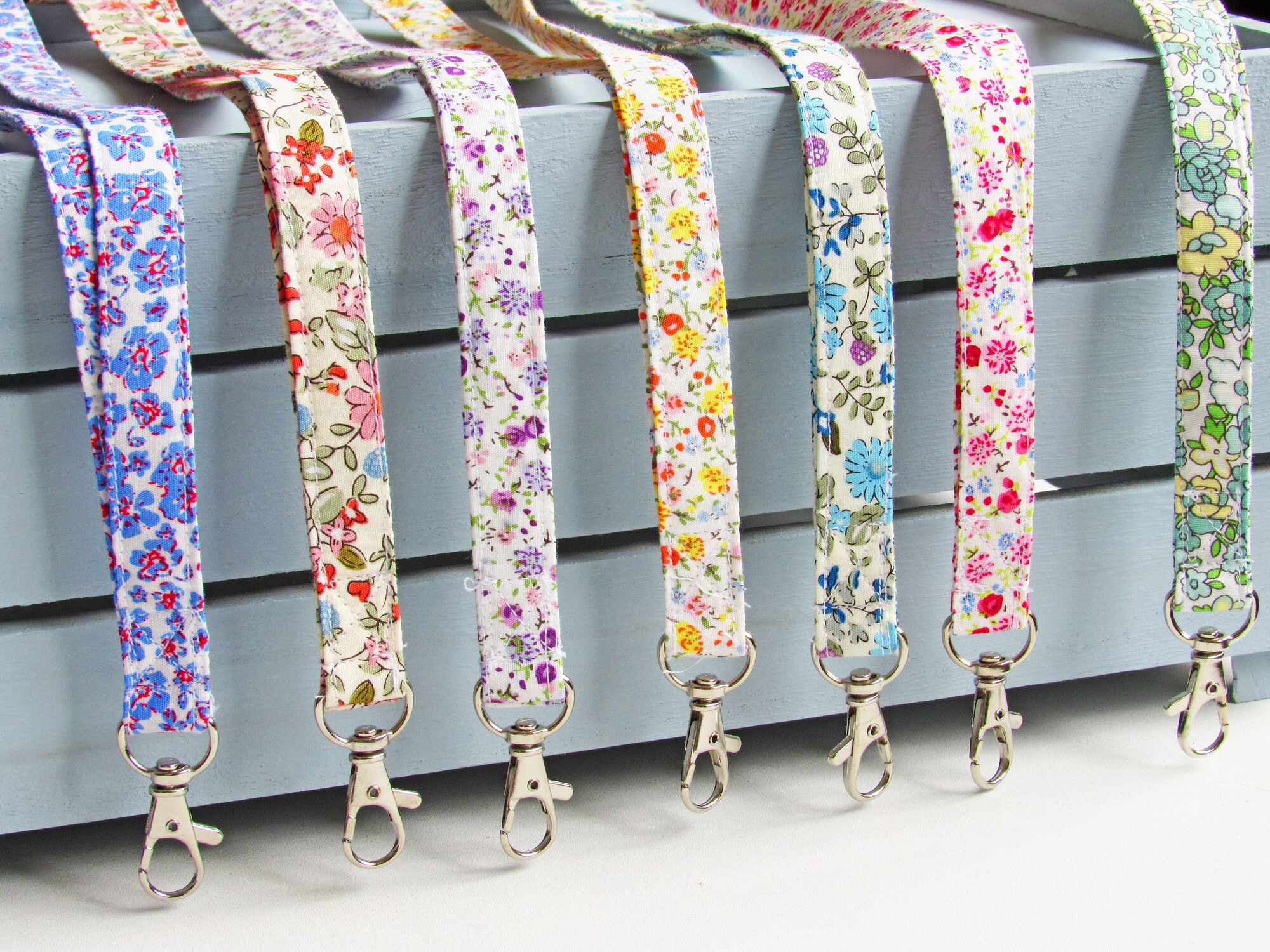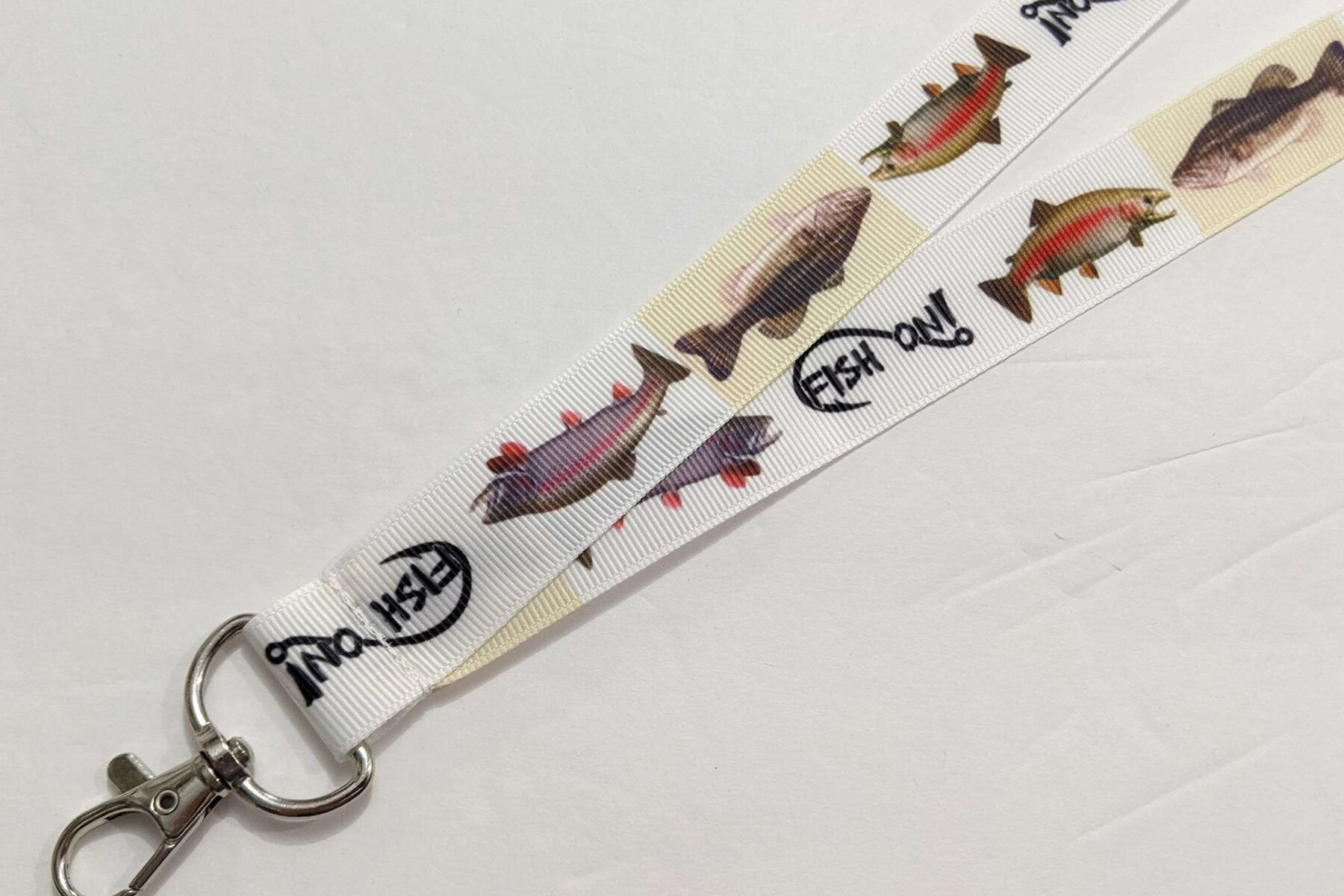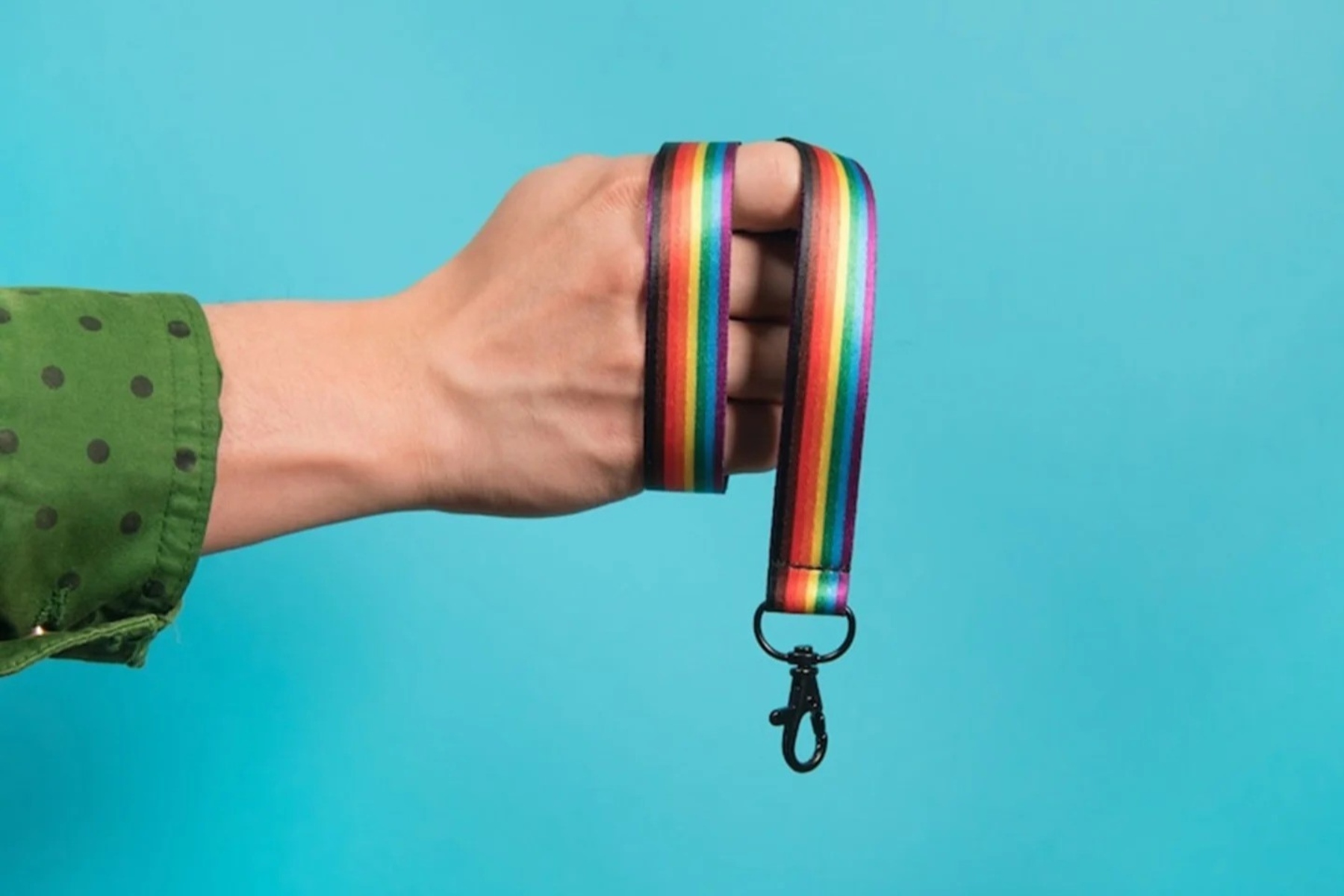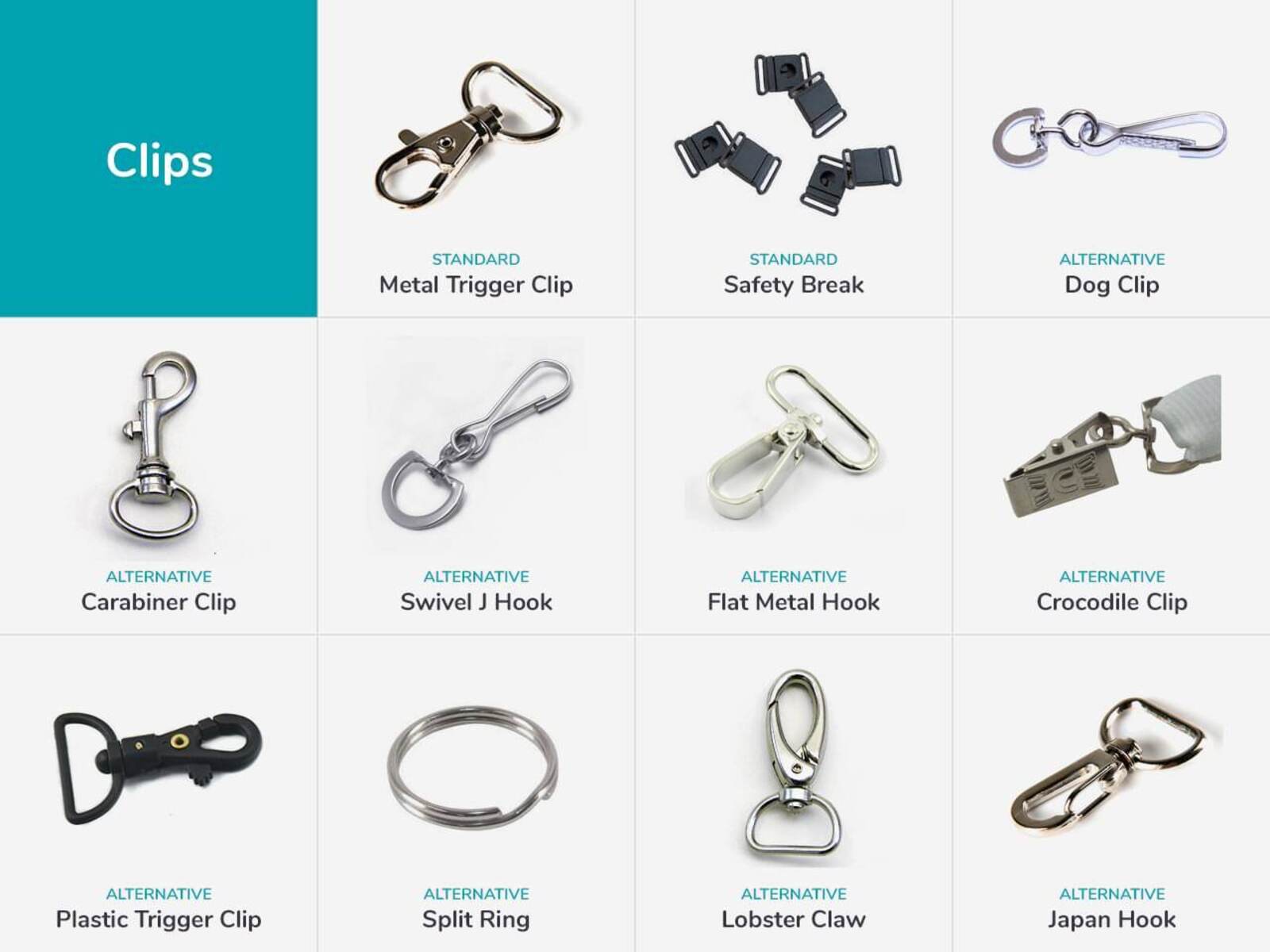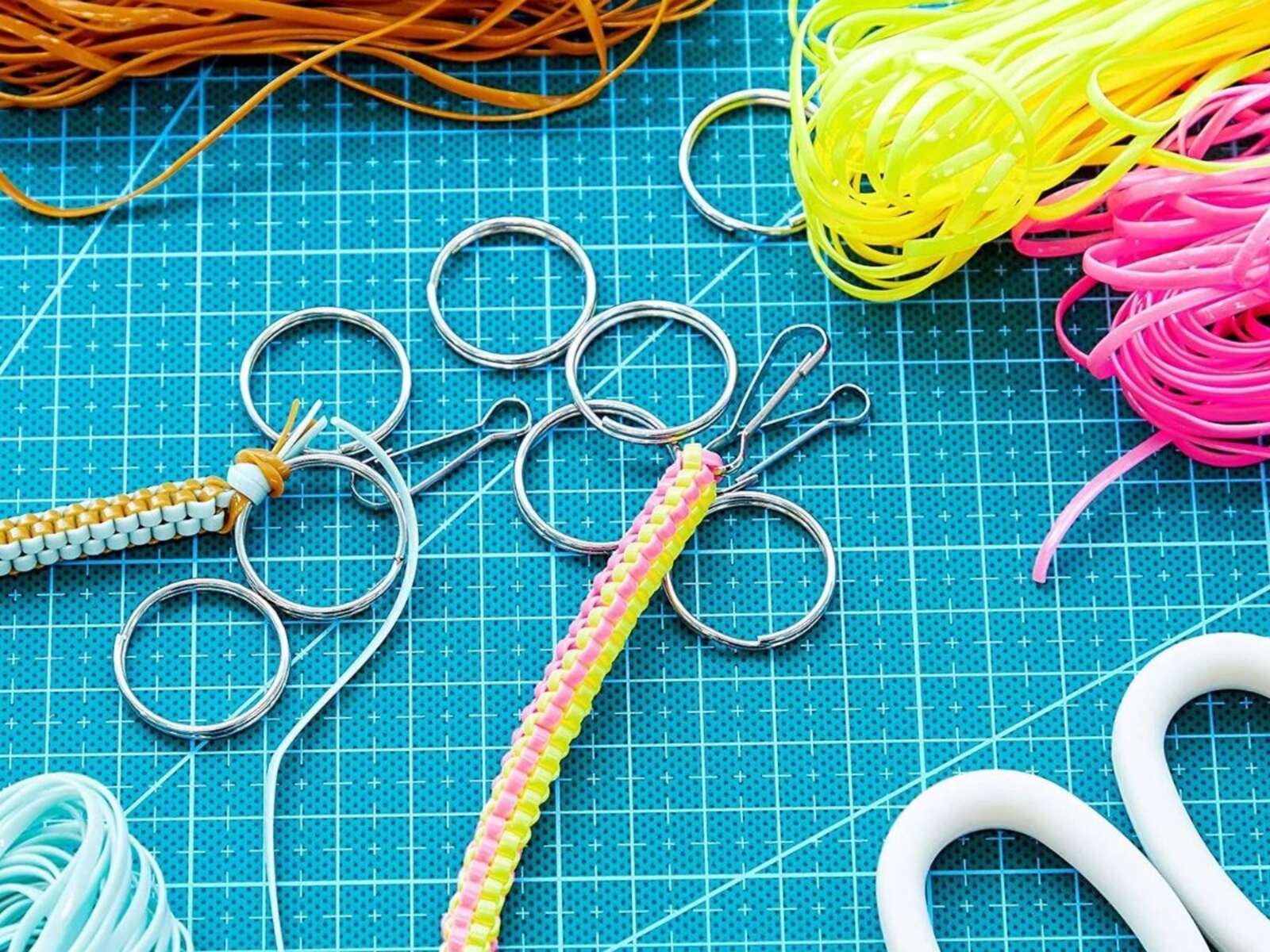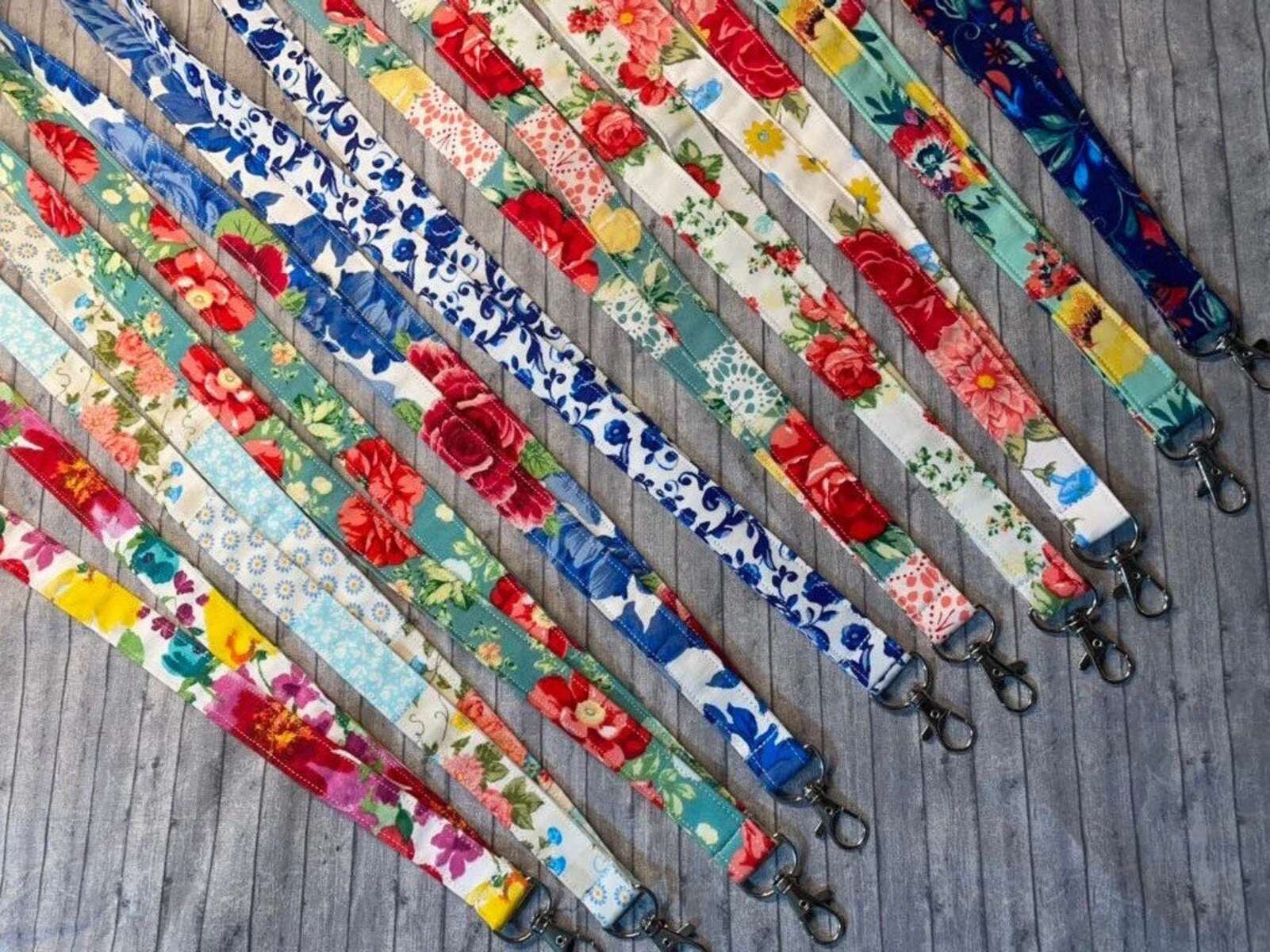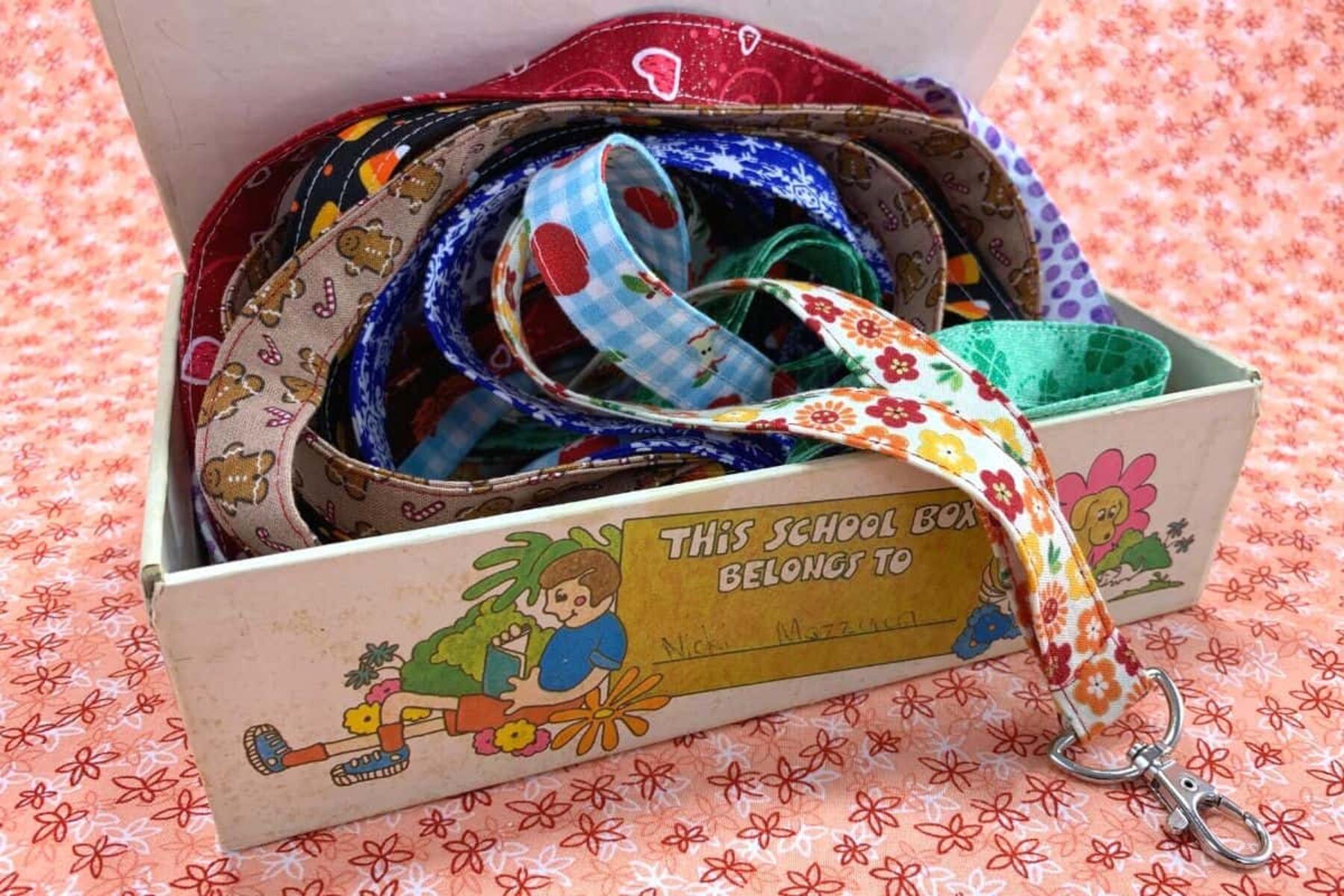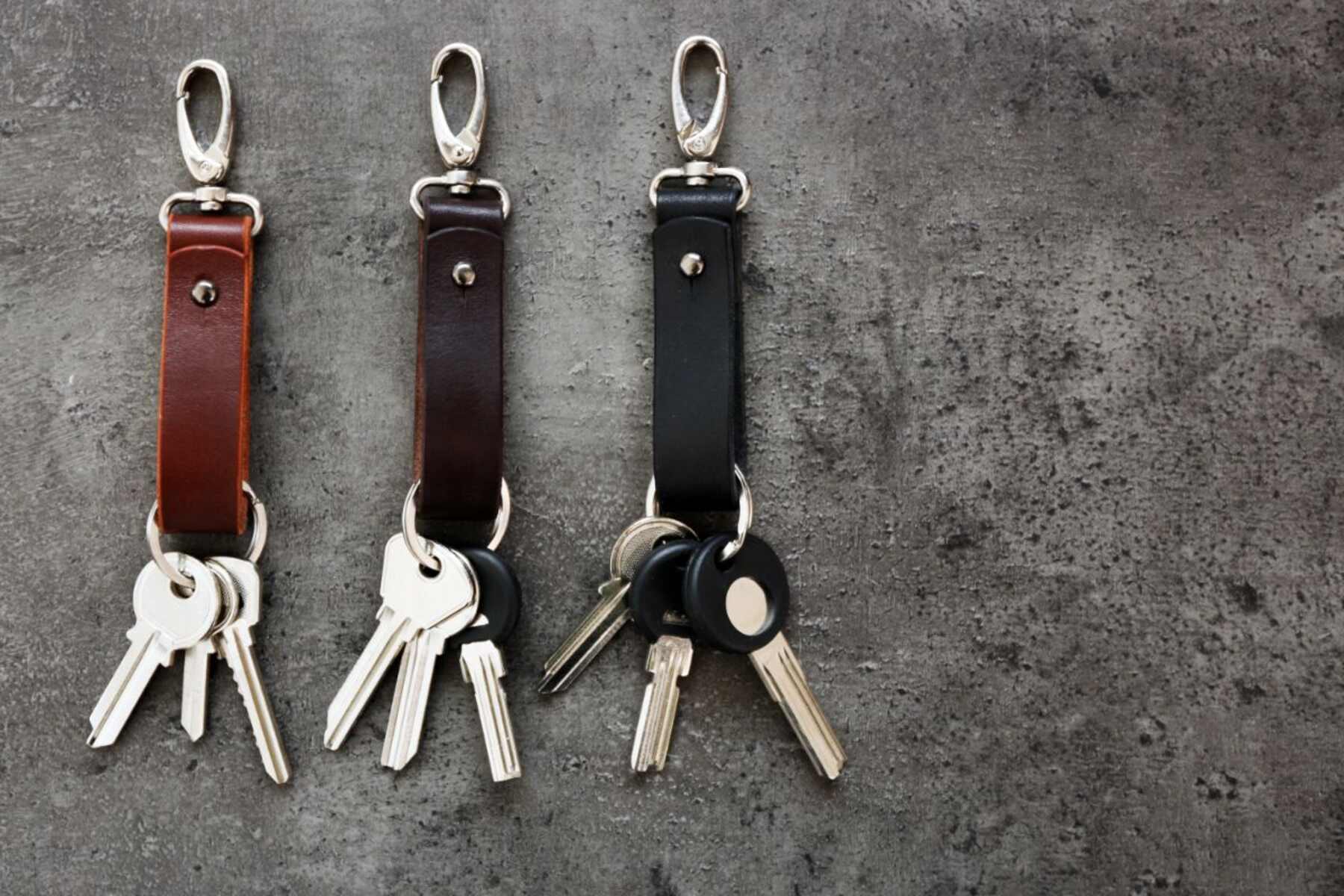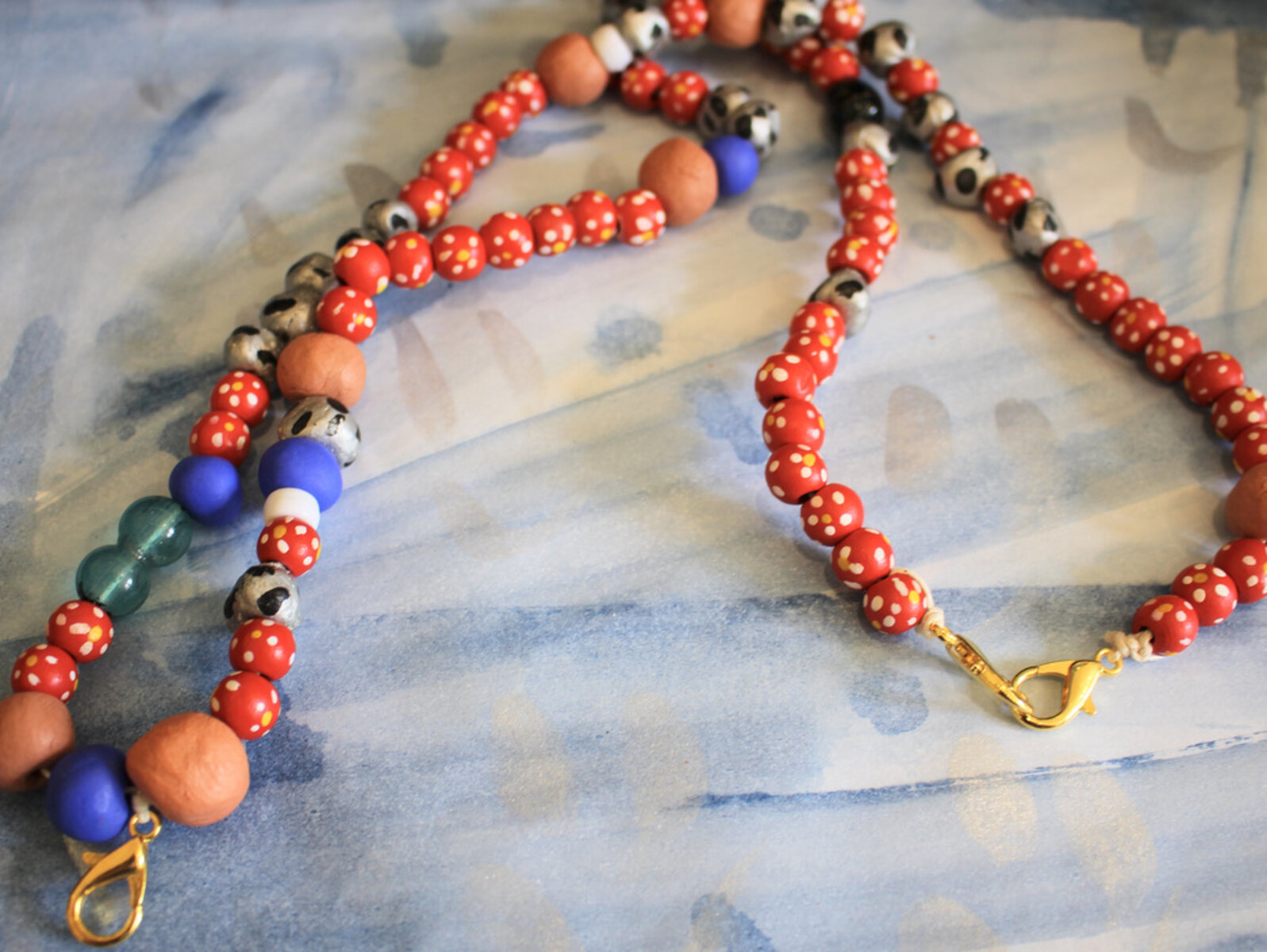Introduction
Lanyards are versatile accessories that have become an integral part of our daily lives. Whether it's holding identification badges at work, securing keys, or displaying event passes, lanyards offer convenience and functionality. At the heart of every lanyard is the clip, a small yet crucial component that often goes unnoticed. However, the type of clip used can significantly impact the lanyard's usability and durability.
In this comprehensive guide, we will delve into the world of clips on lanyards, shedding light on their different types, functions, and how to choose the right one for your specific needs. Understanding the nuances of lanyard clips can empower you to make informed decisions when selecting or customizing lanyards for personal or professional use.
So, let's embark on a journey to unravel the mysteries of lanyard clips, exploring their diverse forms and practical applications. By the end of this guide, you will be equipped with the knowledge to optimize your lanyard's performance and longevity through the careful selection and maintenance of its clip.
What is a clip on lanyard?
A clip on a lanyard serves as the attachment mechanism that allows the lanyard to hold and display items such as ID badges, keys, or small tools. It is a small but vital component that determines the lanyard's functionality and versatility. The clip is typically made of durable materials such as metal or plastic, designed to withstand regular use and provide secure attachment.
Lanyard clips come in various shapes and sizes, each catering to specific needs and preferences. The most common types of clips include swivel hooks, bulldog clips, trigger hooks, and carabiner clips. Swivel hooks offer flexibility with their rotating mechanism, allowing the attached item to move freely. Bulldog clips, known for their gripping strength, are ideal for securing thicker items such as keys or access cards. Trigger hooks provide quick release and are often used for temporary attachments, while carabiner clips offer a secure closure, making them suitable for outdoor activities and sports.
The clip on a lanyard is often overlooked, yet it plays a crucial role in the lanyard's overall functionality. A well-chosen clip ensures that the items attached to the lanyard remain secure and easily accessible. Additionally, the clip's durability and ease of use contribute to the lanyard's overall convenience and user experience.
Understanding the significance of the clip on a lanyard empowers individuals and organizations to make informed choices when selecting or customizing lanyards for specific purposes. By considering the intended use and the items to be attached, one can choose the most suitable clip to optimize the lanyard's performance.
In the next section, we will explore the different types of clips commonly used on lanyards, providing insights into their unique features and applications. This knowledge will enable you to make informed decisions when choosing the right clip for your lanyard needs.
Different types of clips on lanyards
Lanyards are designed to cater to a wide range of needs, and the type of clip used plays a pivotal role in their functionality. Let's explore the various types of clips commonly found on lanyards and their distinct features:
-
Swivel Hooks: These clips are characterized by their rotating mechanism, which allows the attached item to pivot freely. Swivel hooks are ideal for applications where flexibility and movement are essential, such as displaying ID badges or access cards. The rotating feature prevents the lanyard from twisting, offering convenience and a professional appearance.
-
Bulldog Clips: Known for their robust grip, bulldog clips are designed to securely hold thicker items such as keys, flash drives, or access cards. The strong spring-loaded mechanism ensures that the attached items remain in place, minimizing the risk of accidental detachment. Bulldog clips are favored in environments where security and durability are paramount.
-
Trigger Hooks: These clips feature a spring-loaded gate that can be quickly and easily opened for attachment or removal of items. Trigger hooks are commonly used for temporary attachments, making them suitable for events, conferences, or trade shows where frequent item changes are required. Their user-friendly design facilitates swift item swaps without compromising security.
-
Carabiner Clips: Inspired by the design of climbing carabiners, these clips offer a secure closure, making them ideal for outdoor activities, sports, or industrial settings. The spring-loaded gate ensures that items remain firmly attached, providing peace of mind during physical activities or in demanding work environments. Carabiner clips are valued for their reliability and ability to withstand rigorous use.
Each type of clip on lanyards is tailored to specific needs, offering unique benefits and functionalities. By understanding the distinct features of these clips, individuals and organizations can make informed decisions when selecting lanyards for their intended applications.
The diverse range of clips available ensures that there is a suitable option for every requirement, whether it's securing identification badges in a corporate setting, organizing keys during outdoor activities, or displaying event passes at large gatherings. The versatility of lanyard clips underscores their significance in everyday use, contributing to enhanced convenience and practicality.
By considering the specific needs and intended applications, individuals can choose the most suitable clip to complement their lanyards, optimizing their functionality and overall user experience. Understanding the nuances of each clip type empowers users to make informed choices, ensuring that their lanyards meet their unique requirements effectively.
In the subsequent section, we will delve into the essential considerations for choosing the right clip for your lanyard, providing valuable insights to aid in the decision-making process.
How to choose the right clip for your lanyard
Choosing the right clip for your lanyard is a crucial decision that directly impacts its functionality and usability. Several factors should be considered to ensure that the selected clip aligns with your specific needs and preferences. Here are essential considerations to guide you in choosing the right clip for your lanyard:
1. Purpose and Intended Use
First and foremost, consider the primary purpose of the lanyard and the items it will hold. If the lanyard is intended for displaying ID badges or access cards in a professional setting, a swivel hook may be the ideal choice due to its flexibility and professional appearance. On the other hand, if the lanyard will primarily hold keys, a bulldog clip's robust grip may be more suitable. Understanding the intended use of the lanyard is crucial in selecting the most appropriate clip.
2. Security and Durability
Evaluate the level of security and durability required for the items to be attached to the lanyard. For valuable or sensitive items, such as access cards or electronic keys, a clip with a secure closure, such as a carabiner clip, may be preferred. Conversely, for temporary attachments or items that require frequent changes, a trigger hook's quick-release mechanism may offer the desired convenience without compromising security.
3. User Preferences
Consider the preferences of the individuals who will be using the lanyards. Some users may prioritize ease of use and quick item attachment, while others may value the ability to rotate attached items freely. Understanding the preferences of the end-users can guide the selection of a clip that enhances their overall experience and satisfaction.
4. Environment and Activities
Take into account the environment in which the lanyard will be used and the activities it will accompany. For outdoor or physically demanding activities, a clip that provides a secure and reliable attachment, such as a carabiner clip, may be essential. In contrast, in office or event settings where flexibility and professional presentation are prioritized, a swivel hook or trigger hook may be more suitable.
5. Aesthetic Considerations
Finally, consider the aesthetic appeal of the clip and how it complements the overall design of the lanyard. The appearance of the clip can contribute to the lanyard's visual appeal and cohesiveness, especially in branding or promotional contexts. Selecting a clip that aligns with the lanyard's aesthetic goals can enhance its overall impact and presentation.
By carefully considering these factors, you can make an informed decision when choosing the right clip for your lanyard. Understanding the specific requirements and preferences will guide you in selecting a clip that optimizes the lanyard's functionality and aligns with its intended use effectively.
Tips for using and maintaining clips on lanyards
Proper usage and maintenance of lanyard clips are essential for ensuring their longevity and optimal performance. Here are valuable tips for using and maintaining clips on lanyards:
-
Regular Inspection: Periodically examine the clip for any signs of wear, damage, or weakening of the spring mechanism. This proactive approach allows you to address any issues promptly and prevent potential detachment of attached items.
-
Avoid Overloading: Be mindful of the weight and number of items attached to the lanyard clip. Overloading the clip can lead to strain and premature wear, affecting its ability to securely hold items. Distribute the weight evenly to maintain the clip's integrity.
-
Proper Attachment: When attaching items to the lanyard clip, ensure a secure and firm connection. Improper attachment can result in accidental detachment, potentially leading to loss or damage of the attached items.
-
Cleaning and Lubrication: Regularly clean the clip to remove dirt, dust, or debris that may impede its functionality. Additionally, applying a small amount of lubricant to the moving parts of the clip can help maintain smooth operation and prevent corrosion.
-
Storage: When not in use, store lanyards with clips in a clean and dry environment. Avoid exposing them to extreme temperatures or prolonged sunlight, as these conditions can degrade the materials and compromise the clip's performance.
-
Prompt Repairs: Address any issues or damage to the clip promptly. Whether it's a loose spring, a bent component, or signs of corrosion, timely repairs can prevent further deterioration and extend the clip's lifespan.
-
Consideration of Environment: Be mindful of the environment in which the lanyard and clip are used. In harsh or demanding conditions, such as industrial settings or outdoor activities, take extra precautions to protect the clip from excessive wear and tear.
By adhering to these tips, users can maximize the functionality and longevity of lanyard clips, ensuring reliable performance and secure attachment of items. Proper maintenance and mindful usage contribute to a positive lanyard experience, minimizing the risk of clip-related issues and enhancing overall convenience.
Incorporating these practices into the routine care of lanyard clips reinforces their role as dependable and durable attachments, serving users effectively in various personal and professional settings.
Conclusion
In conclusion, the humble lanyard clip, often overlooked and underappreciated, emerges as a small yet indispensable component in our daily lives. From holding access cards in corporate environments to securing keys during outdoor adventures, lanyards equipped with the right clip offer unparalleled convenience and functionality. The diverse array of clip options, including swivel hooks, bulldog clips, trigger hooks, and carabiner clips, cater to a wide spectrum of needs, reflecting the adaptability and versatility of lanyard accessories.
Understanding the significance of the clip on a lanyard empowers individuals and organizations to make informed decisions when selecting or customizing lanyards for specific purposes. By considering factors such as the intended use, security requirements, user preferences, and environmental considerations, one can choose the most suitable clip to optimize the lanyard's performance.
Furthermore, the proper usage and maintenance of lanyard clips are essential for ensuring their longevity and optimal performance. Regular inspection, mindful attachment, and proactive repairs contribute to the reliability and durability of lanyard clips, enhancing their overall effectiveness in securely holding items.
As we navigate through the intricacies of lanyard clips, it becomes evident that these seemingly inconspicuous accessories play a pivotal role in our daily routines, offering practical solutions for organizing and displaying essential items. Whether in professional, recreational, or promotional contexts, lanyards equipped with the right clip serve as reliable companions, simplifying tasks and providing a seamless user experience.
In essence, the clip on a lanyard transcends its modest size and emerges as a symbol of efficiency and practicality, exemplifying the fusion of form and function in everyday accessories. By recognizing and optimizing the potential of lanyard clips, individuals and organizations can elevate their daily interactions, presentations, and activities, harnessing the power of these unassuming yet indispensable attachments.
In the grand tapestry of everyday essentials, the clip on a lanyard stands as a testament to the notion that even the smallest components can make a significant impact, enriching our lives with their unassuming yet invaluable contributions.







